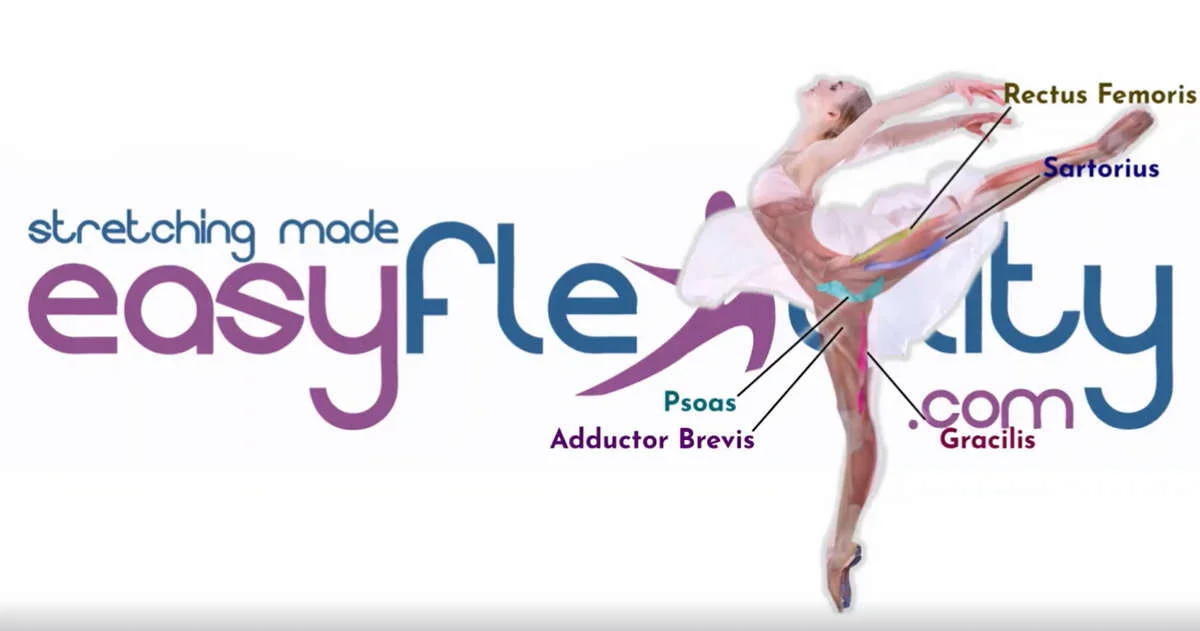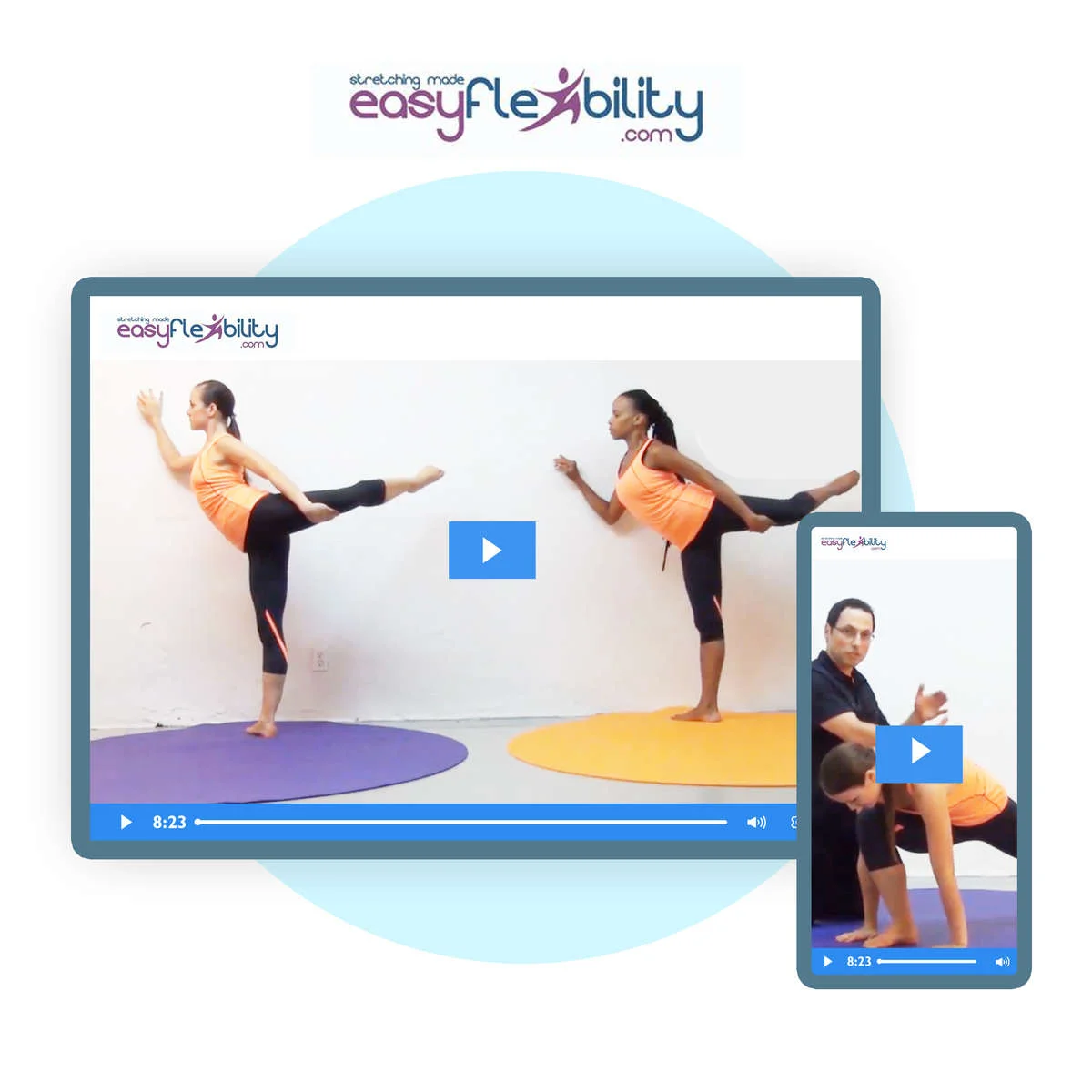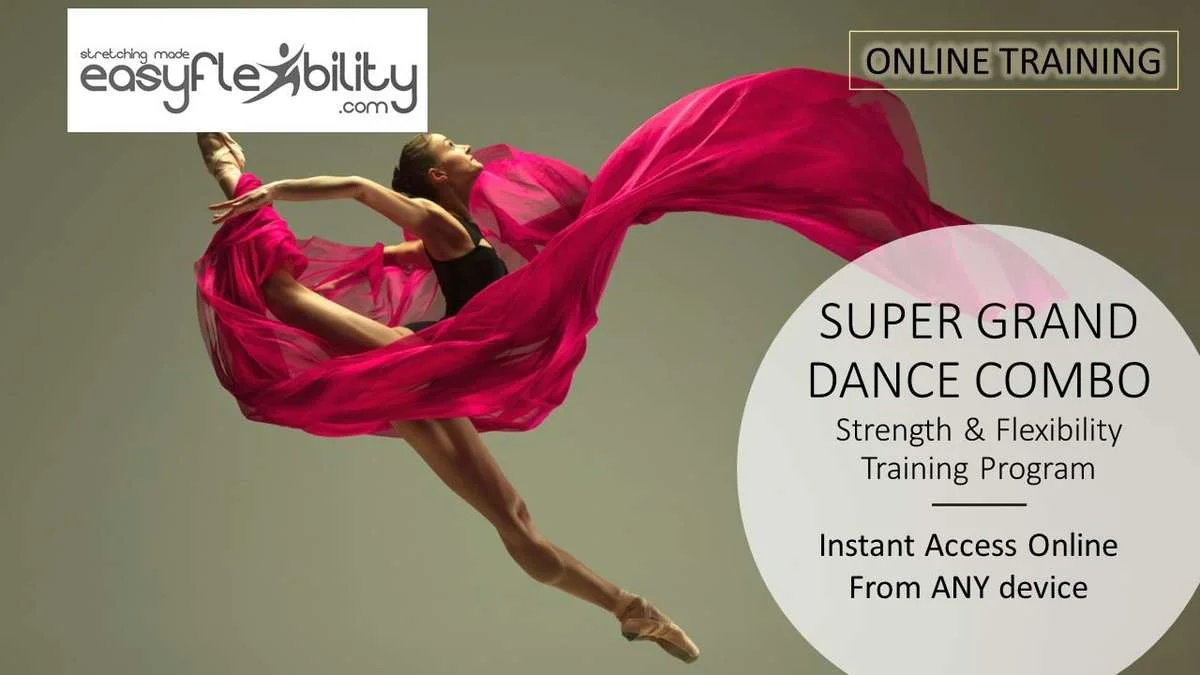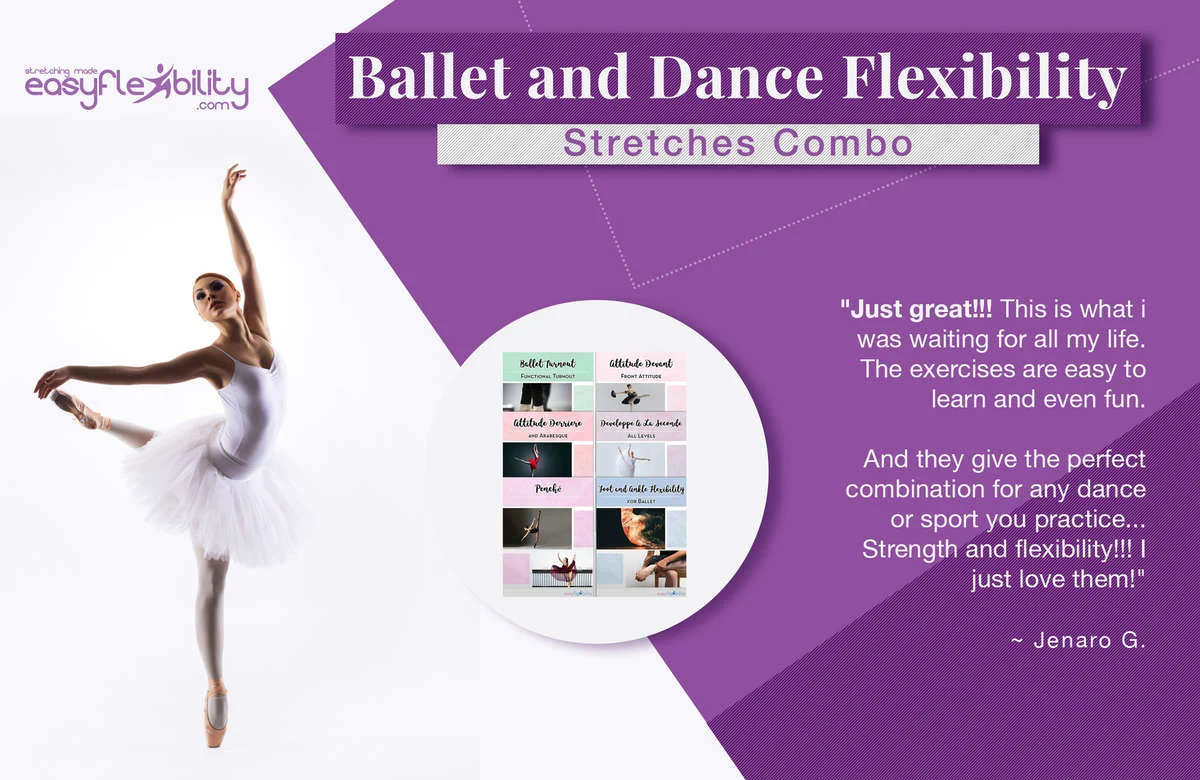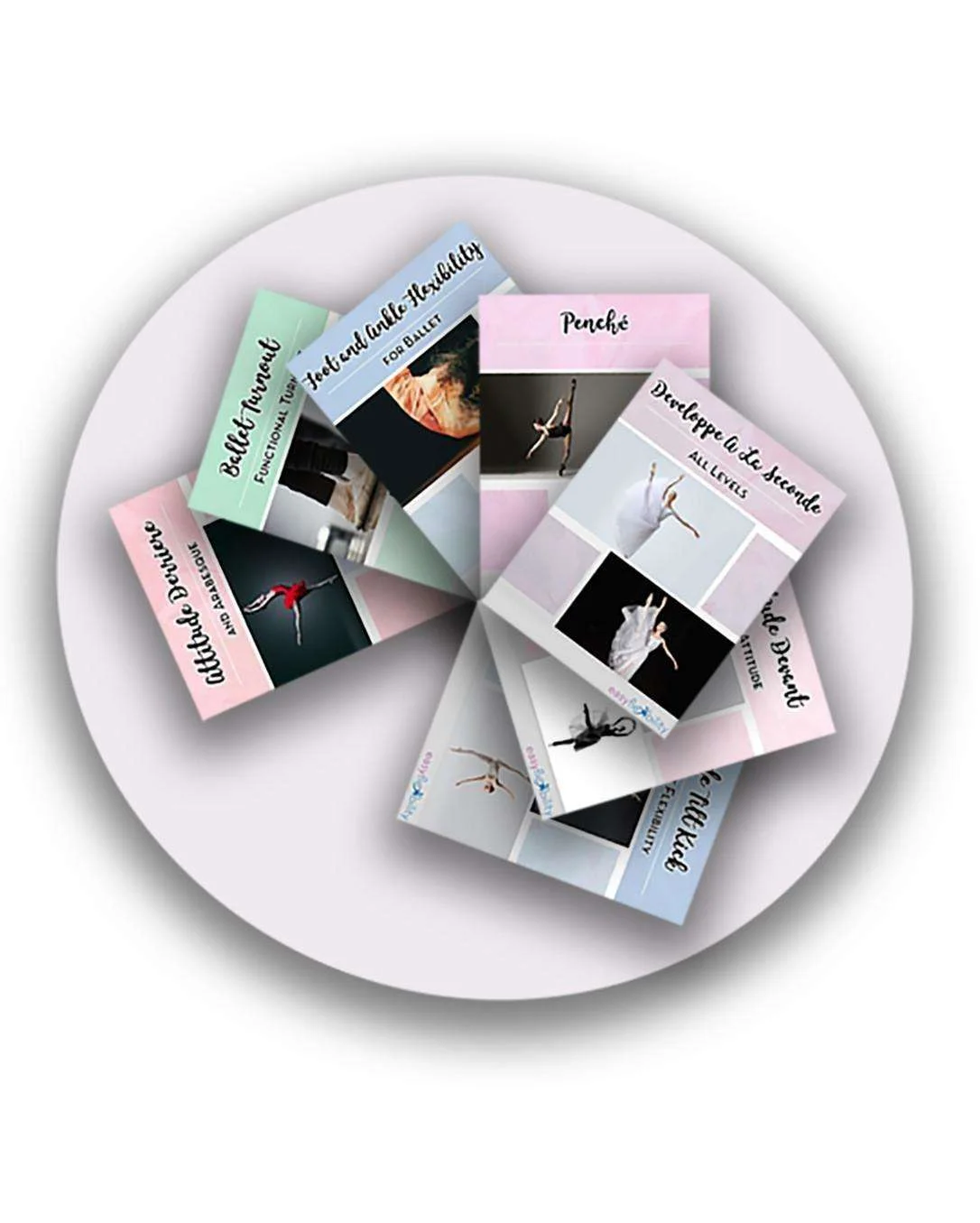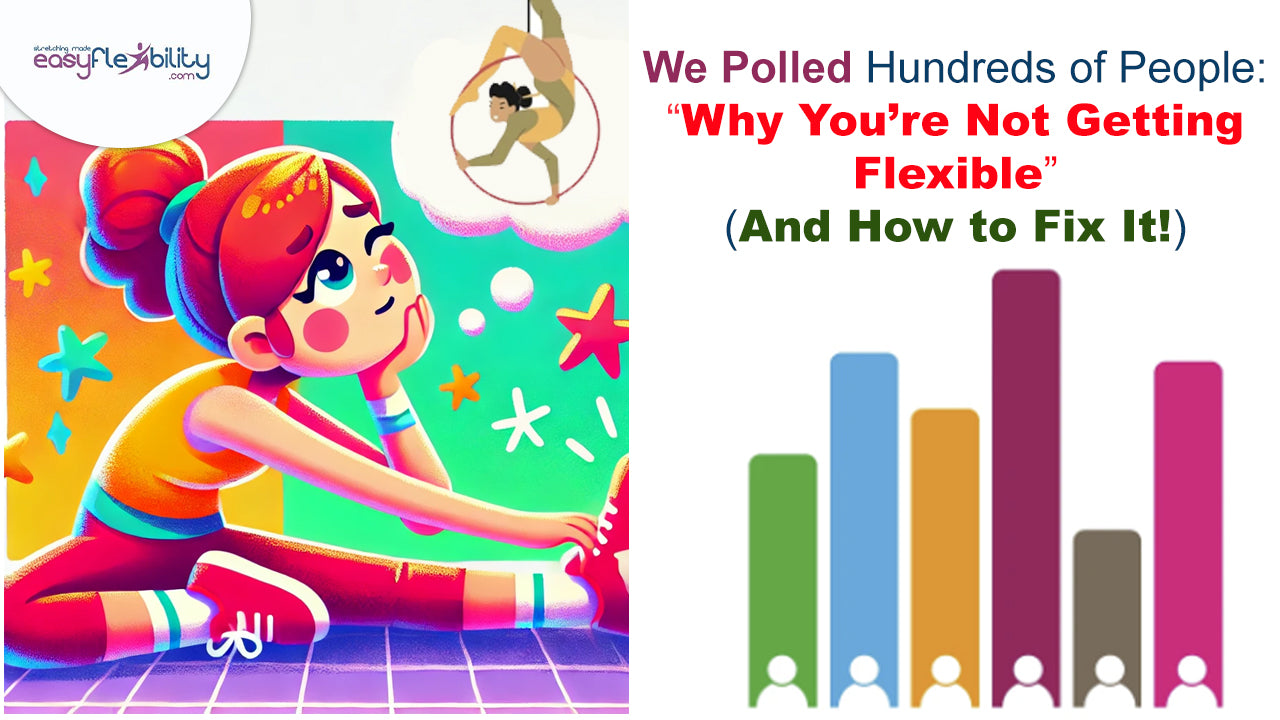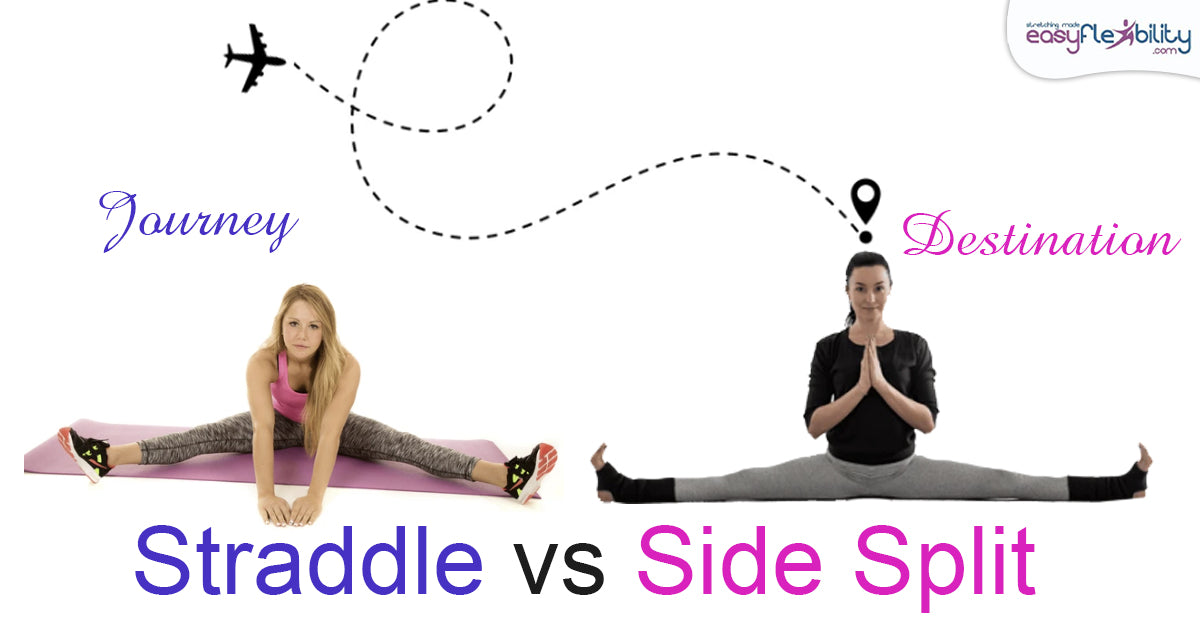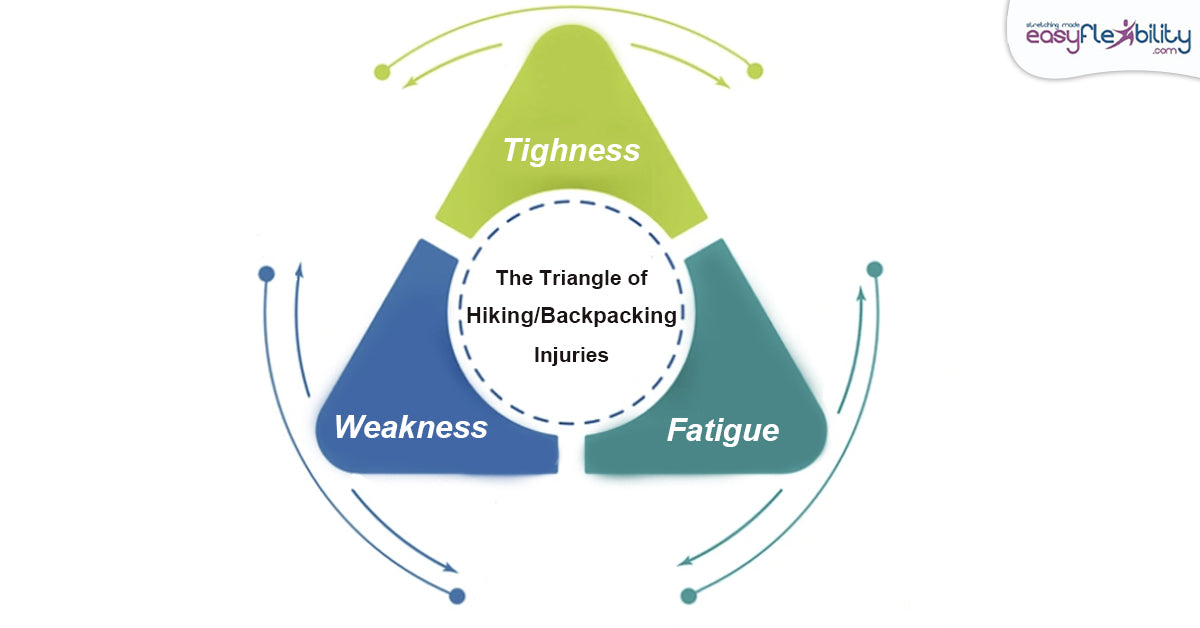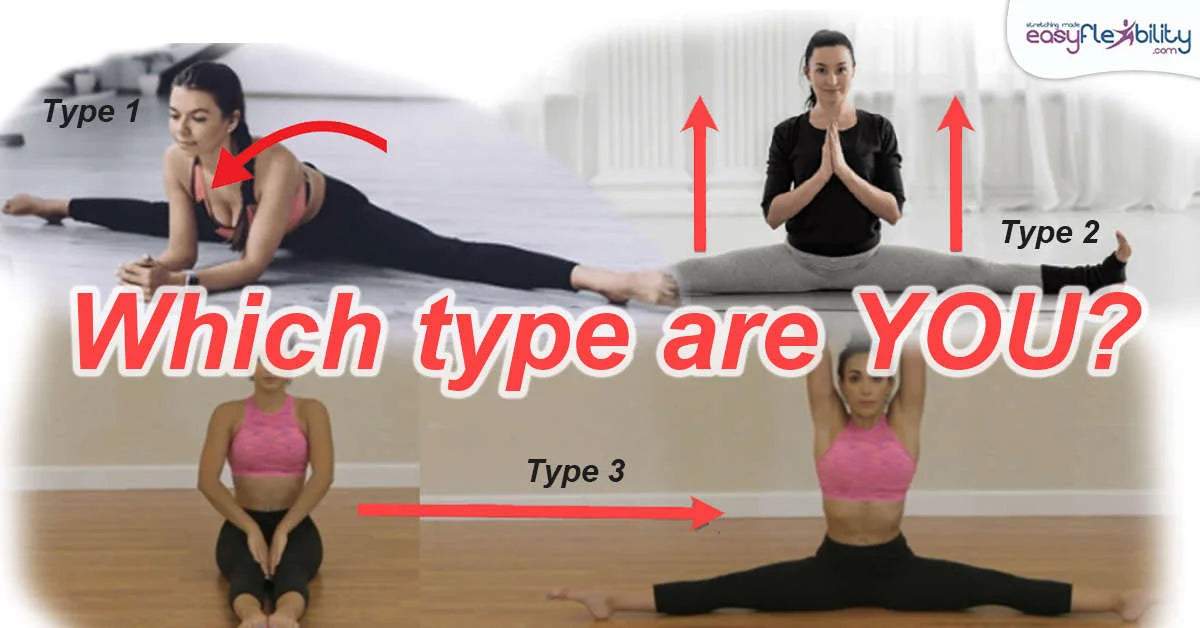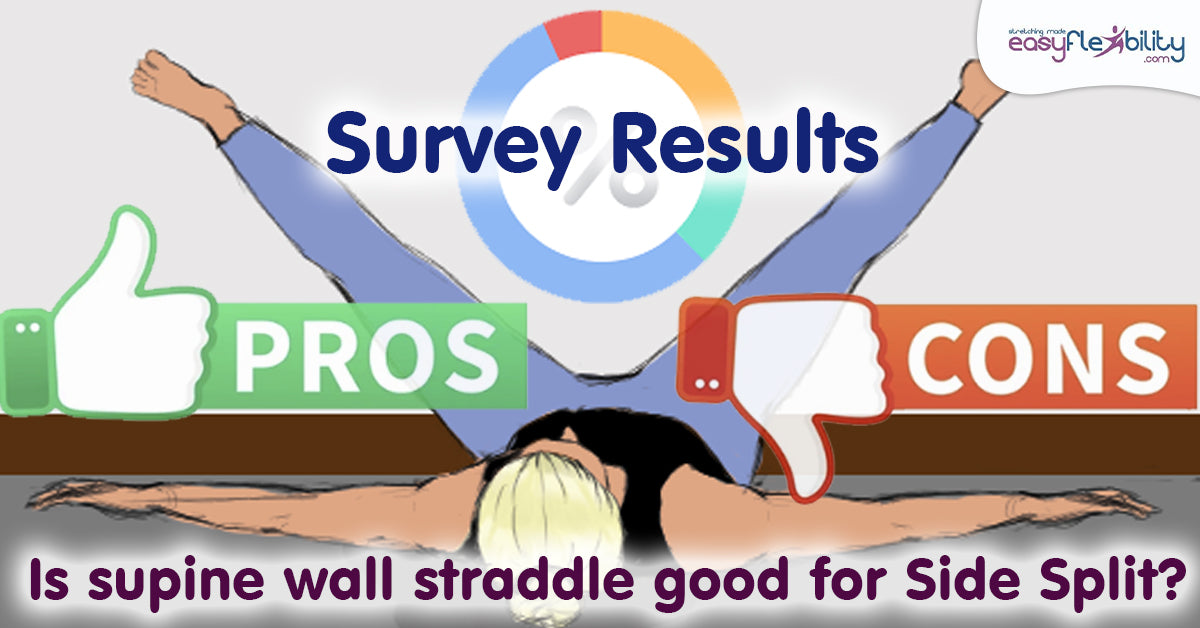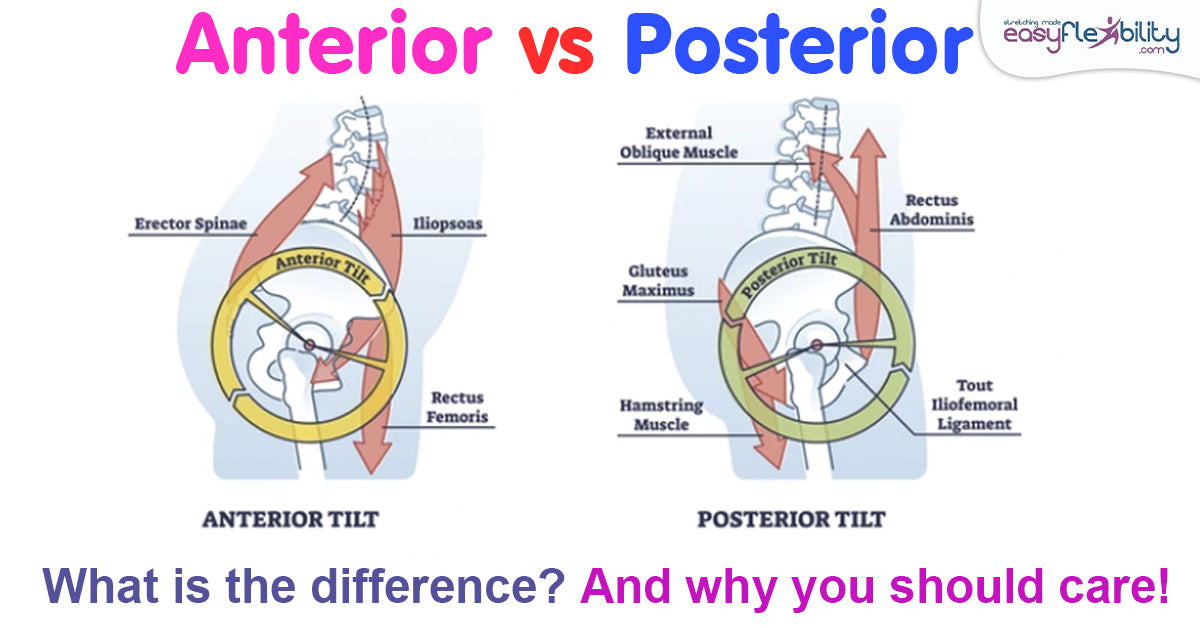Lower back strength requirement in short ranges, in an Arabesque position, for dancers in various age groups.
Posted by Paul Zaichik on
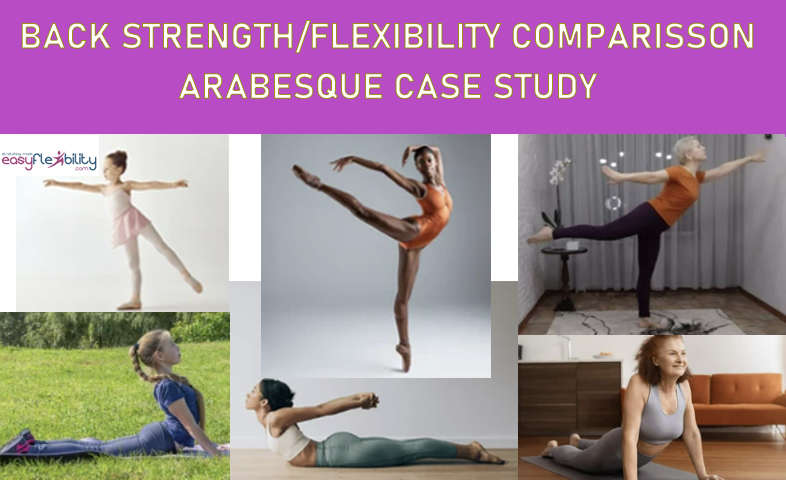
Arabesque is one of the basic positions in Dance, Cheerleading, Figure Skating and certain other sports and fitness performance activities.
Today I'd like to discuss an observational study regarding the lower back strength in adult dancers. Over the years, people who have used EasyFlexibility Arabesque program, have contacted us for support with questions. This was a very small percentage of people, but was enough to gather data.
To help better answer their questions we have requested pictures of their Arabesque, pictures of passive and active lower back flexibility, and passive and active hip flexor flexibility. Arabesque pictures were of full Arabesque with both legs, taken from both sides.
The lower back active and passive flexibility was that of Cobra with hand support for passive flexibility, and Cobra without hand support for active lower back flexibility in the extension. We also asked for hip flexors lunge stretch as a measure of passive flexibility.
This is not differentiated flexibility. In other words, Zaichik Stretching Techniques were not used to differentiate which muscles are the restrictors. This was a general test. And of course the arabesque itself would show the active flexibility of both the hip and the back.
The lower back active and passive flexibility was that of Cobra with hand support for passive flexibility, and Cobra without hand support for active lower back flexibility in the extension. We also asked for hip flexors lunge stretch as a measure of passive flexibility.
This is not differentiated flexibility. In other words, Zaichik Stretching Techniques were not used to differentiate which muscles are the restrictors. This was a general test. And of course the arabesque itself would show the active flexibility of both the hip and the back.
Arabesque & Attitude Derriere Strength & Flexibility Training at Home
4 STEPS FROM EASIEST TO ADVANCED
4 STEPS FROM EASIEST TO ADVANCED
Based on the pictures that we've received as well as interactions with the
customers who used the Easyflexibility Arabesque program, we've come to multiple conclusions.
To help us narrow things down, we've separated Arabesque EasyFlexibility practitioners into three groups: Children, teenagers and young adults and older adults. The findings focused on the low back strength and flexibility.
The teenagers and young adults had the strongest short range, strength and control in the lower back. The middle group had better control than the children or the older adults. While children and older adults both had less ability to control or contract their lower back in the hyperextended position. Children were able to compensate for this with greater passive flexibility than the older adults.
customers who used the Easyflexibility Arabesque program, we've come to multiple conclusions.
To help us narrow things down, we've separated Arabesque EasyFlexibility practitioners into three groups: Children, teenagers and young adults and older adults. The findings focused on the low back strength and flexibility.
The teenagers and young adults had the strongest short range, strength and control in the lower back. The middle group had better control than the children or the older adults. While children and older adults both had less ability to control or contract their lower back in the hyperextended position. Children were able to compensate for this with greater passive flexibility than the older adults.
SUPER GRAND DANCE COMBO
For all the Flexibility & Strength You Need
For all the Flexibility & Strength You Need
THIS SUPER GRAND DANCE COMBO INCLUDES EVERYTHING IN:
- Combo 1 - Ballet & Dance Flexibility Combo
- Combo 2 - Full Body Flex All Combo
- Combo 3 - Super Split Combo
- Plus 6 FREE GIFTS
At this point, more research is needed to figure out the cause of their strength and flexibility discrepancy. One possible reason is that the teenagers and young adults have spent more time training, with many children just beginning their training, and many of the adults also had just begun dance training and have not trained as children, or as young adults.
So the length of time is a possible reason as to why the teenagers and young adults have better control and are able to contract their back muscles easier and stronger in hyperextended positions. With smaller difference in range between the active and passive flexibility.
So the length of time is a possible reason as to why the teenagers and young adults have better control and are able to contract their back muscles easier and stronger in hyperextended positions. With smaller difference in range between the active and passive flexibility.
Also, children usually had better short range contraction in the hips, as well as greater range of motion in the hip than the older adults. And thus, the hyperextension strength in the lower back became a very important focal point for the adults working to improve their Arabesque.
Important point. If you read many of the EasyFlexibility blogs and articles, you know that the more flexibility you have, the less strength you need to contract in short range. And thus, any adult who can develop more flexibility will have to spend less energy and less control to keep their body up in an Arabesque position with a hyperextended back.
Important point. If you read many of the EasyFlexibility blogs and articles, you know that the more flexibility you have, the less strength you need to contract in short range. And thus, any adult who can develop more flexibility will have to spend less energy and less control to keep their body up in an Arabesque position with a hyperextended back.
Ballet and Dance Flexibility Combo
Why are professional dancers so good? How can you be that good or better? Were they born exceptionally talented? If you ask many dancers they'll answer "It's 99% hard work and only 1% talent". But you are probably working hard already and not getting any better... Why!?
There's a saying "If you keep doing something wrong, no matter how many times you do it, you get good at exactly that, doing it wrong"... Which we dare say is exactly what YOU are doing. So how can you improve your dancing skills? What can YOU do to be the next Star? The answer is the Zaichik Stretching Technique (ZST), which will not only get you flexible, but strong so that you can hold any position that you wish and truly shine on stage.
Our Ballet and Dance Flexibility Combo includes the following programs:
- Turn Out
- Foot & Ankle Strength and Flexibility
- Developpe A La Seconde
- Arabesque and Attitude Derriere
- Attitude Devant
- Penché
- Side Tilt Kick
From previous studies we know that each dancer has a unique ratio of flexibility to strength in the hips and the lower back. And at the same time, there are dancers who get more range of motion from their hips than others, and some get more range of motion from their lower back than others.
And so, while it's very important to focus on the weak links in the techniques, it's also important to focus on the strength in the techniques. So that working on both, strength and flexibility in a complete program can give the best of all technique. If you're interested in the EasyFlexibility Arabesque program take a look here.
And so, while it's very important to focus on the weak links in the techniques, it's also important to focus on the strength in the techniques. So that working on both, strength and flexibility in a complete program can give the best of all technique. If you're interested in the EasyFlexibility Arabesque program take a look here.
Arabesque & Attitude Derriere Strength & Flexibility Training at Home
4 STEPS FROM EASIEST TO ADVANCED
4 STEPS FROM EASIEST TO ADVANCED
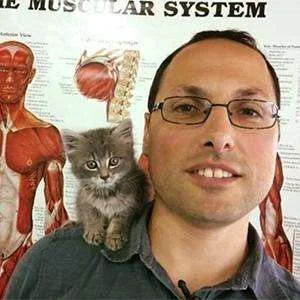
About the Author:
Paul Zaichik is an Exercise Science Expert, author of multitude of books, and the creator of Zaichik Stretching Technique (formely known as Kinesiological Stretching Technique). His speciality is flexibility training as well as body weight conditioning. His innovative method is designed to have maximum carry over into specific athletic techniques. Paul is the author of books and DVD’s on the topic of flexibility, martial arts and bodyweight training. Over the years, Paul Zaichik has worked with a variety of individuals including athletes, entertainers, and military personnel. His ElasticSteel Method of Athletic Conditioning programs, EasyFlexibility Programs and Zaichik Stretching Techniques are used world wide by both professional and amateurs with great success.
© ElasticSteel Corp., EasyFlexibility, Paul Zaichik, et. El., 2022. No part of the materials available through ElasticSteel.com, EasyFlexiiblity.com, site may be copied, photocopied, reproduced, translated or reduced to any electronic medium or machine-readable form, in whole or in part, without prior written consent of Paul Zaichik EasyFlexibility.com, Elasticsteel.com.. Any other reproduction in any form without the permission of Paul Zaichik EasyFlexibility.com, Elasticsteel.com is prohibited. All materials contained on this site are protected by United States copyright law and may not be reproduced, distributed, transmitted, displayed, published or broadcast without the prior written permission of Paul Zaichik, EasyFlexibility.com, Elasticsteel.com.
Share this post
0 comment

